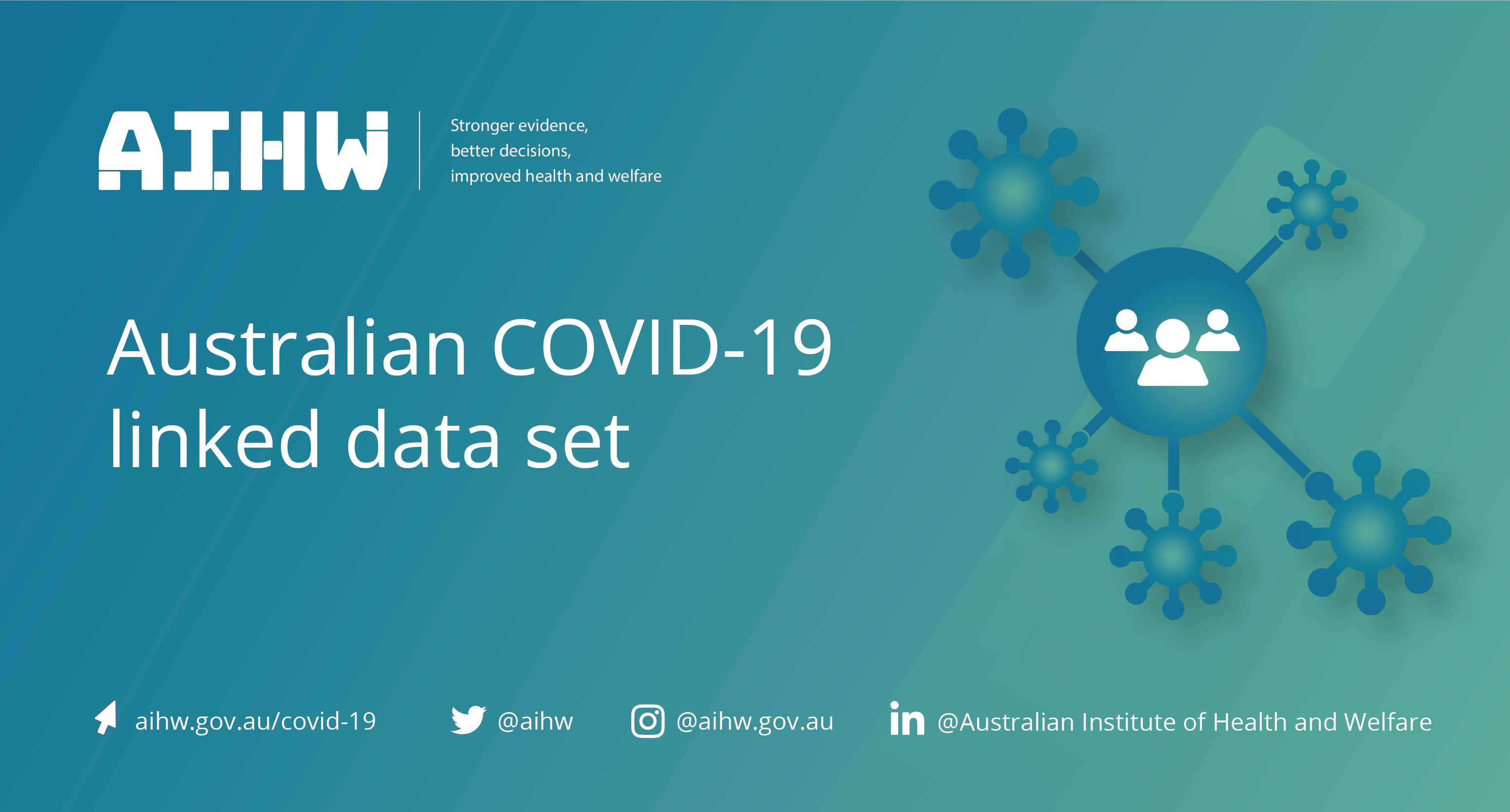National COVID-19 linked data set helps in fight against coronavirus

The article was originally posted on LinkedIn by Claire Sparke, Head of the Population Monitoring and COVID-19 Data Unit.
Today marks a significant milestone in the long-awaited creation of Australia’s first national COVID-19 linked data set by the Australian Institute of Health and Welfare (AIHW).
Approved researchers can now use de-identified data from the Australian COVID-19 linked data set to help answer questions about risk factors, the impact of vaccines, pre-disposing risk factors for ‘long COVID’ and patient use of health services and medications.
The linked data set will help us better understand the scale and impact of COVID-19 and long COVID-19 on patients and the Australian health system.
Australians will benefit from the data being used to identify risk factors for severity, long-term effects and re-infection. This will inform service planning and guidelines for the treatment and management of COVID-19 to improve health outcomes for people who have had a COVID-19 diagnosis.
The project received funding from the Medical Research Future Fund in April and the AIHW has now linked notifiable disease data from 5 states and territories (data from more states and territories are in the process of being added) with information from a range of other sources including hospitals, Medicare Benefits Schedule, Pharmaceutical Benefits Scheme, aged care and deaths data. Additional data will be added in the coming months.
Data linkage is a process that combines information from multiple sources to create a new combined data set and provide more comprehensive information. Safeguards are in place to protect the privacy of individuals.
More information on the COVID-19 linked data set can be found in Establishing a COVID-19 linked data set - summary report, which was released today along with a suite of resources for researchers looking to use the data and FAQs. Check if you are an eligible researcher.
We have also released Long COVID-19 in Australia – a review of the literature which analyses available Australian and international literature about the impact and scale of long COVID.
Long COVID is an umbrella term used to describe both ongoing symptoms in the medium term (4–12 weeks) after COVID-19 infection and the longer term (beyond 12 weeks).
Key findings identified in the literature review include:
- Differences in case definitions for long COVID have produced wide variation in prevalence estimates globally.
- Australian studies suggest 5-10% of people who have had COVID-19 experienced symptoms lasting more than 12 weeks.
- Long COVID was more common among people who had experienced severe COVID-19 illness, people with pre-existing chronic conditions, females and people in mid-adult age groups (definitions of long COVID in these studies varied, but typically assessed symptoms occurring more than 12 weeks following infection).
Congratulations to my team at the AIHW for their massive efforts in getting the first phase of this work underway. Stay tuned for further developments in 2023!


